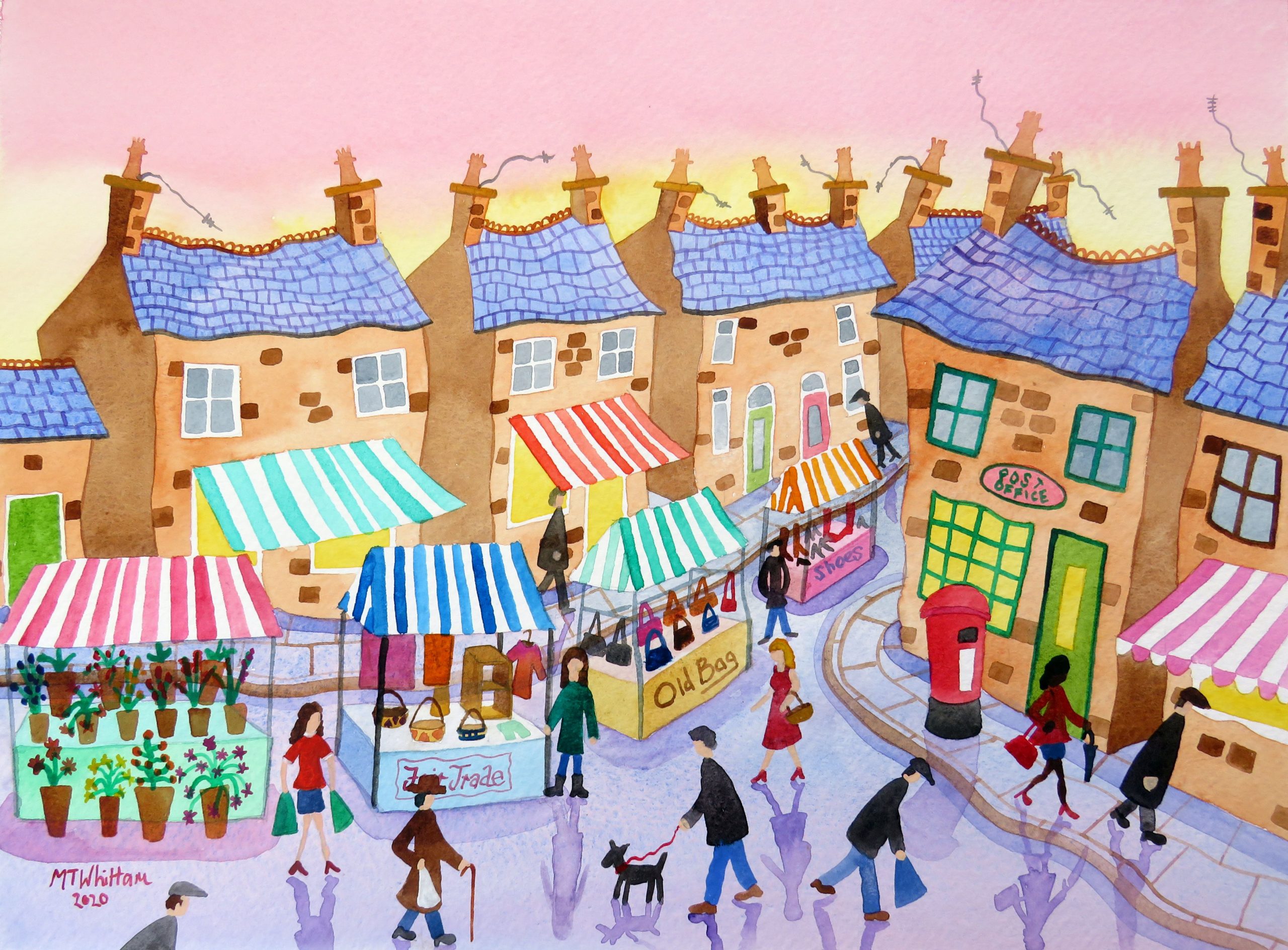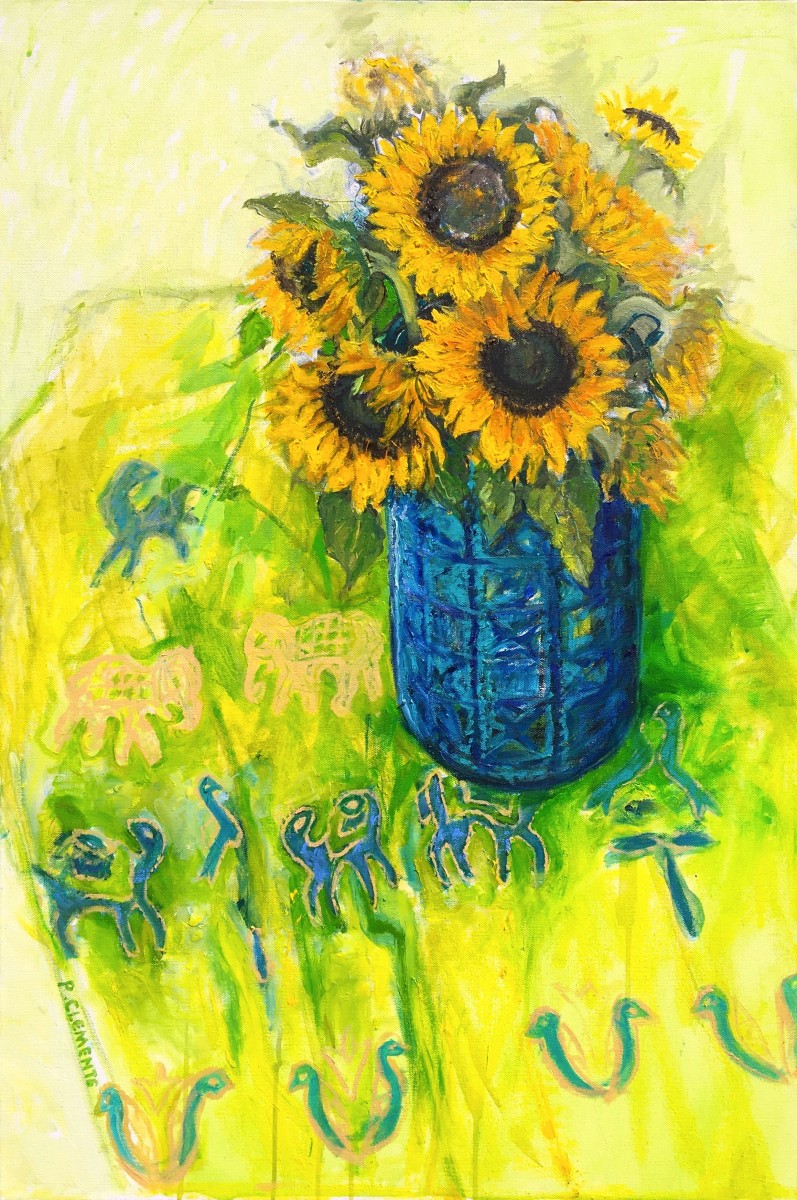If you’re just getting into art and learning more about different styles and art history, then this article is for you!
This week, we’re taking a brief look at the history of Realism and explaining why artists decided to move away from the 18th Century’s age of reason to convey work with historical and realistic accuracy.
Thanks to this group of realist painters, we have a catalogue of documented pieces that allow us a real insight into the political and social landscape of the period. In the wake of the Enlightenment and the Industrial Revolution, these artists rejected traditional forms of art in favour of real-life events, bringing the everyday into their pieces.

Instead of painting ornate portraits of wealthy patrons and landscapes, the Realism movement, which began in France in the 1840s, began to replace the idealistic imagery of their predecessors and take a greater interest in the lives of those surrounding them as new focuses for their work.
Occasionally unattractive and brutal in their chosen subject matter, the realist movement was at first shunned by the art bourgeoise and began to showcase their latest earthy pieces at independent exhibitions. As the movement grew, more and more artists chose to document the realities of life during the era, which is why we have such a clear insight into the reality of the otherwise unseen common man at that time.
Considered to be the beginnings of modern art as we know it today, many realist painters used their work as a form of social commentary choosing often painful subject matter to draw the attention of social ills and injustice to a wider audience. During this period, we see the rise of the self-publicised artist with print media exploding on to the art scene like never before.

Some notable realism painters include French artist Honoré Daumier who detailed the insurrection against the monarchy of Louis Philippe and aftermath of the authority’s brutality in dealing with the rioting working-class neighbourhood.
Another piece worthy of a mention is The Stone Breakers by Gustave Courbet, which depicts an insight into the everyday poverty of the lowest rungs of French society. The artist chose to show his subjects as faceless workers as an allegory of the ignorance of the plight of the poor to higher ranking members of society and instead puts much focus and detail into the weathered hands and tattered clothing.



